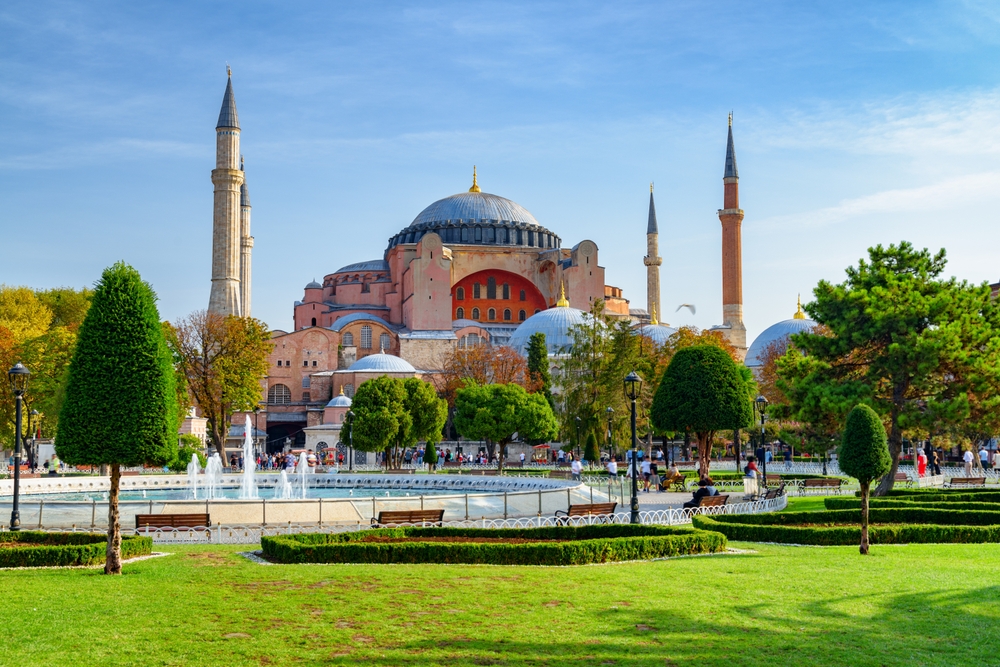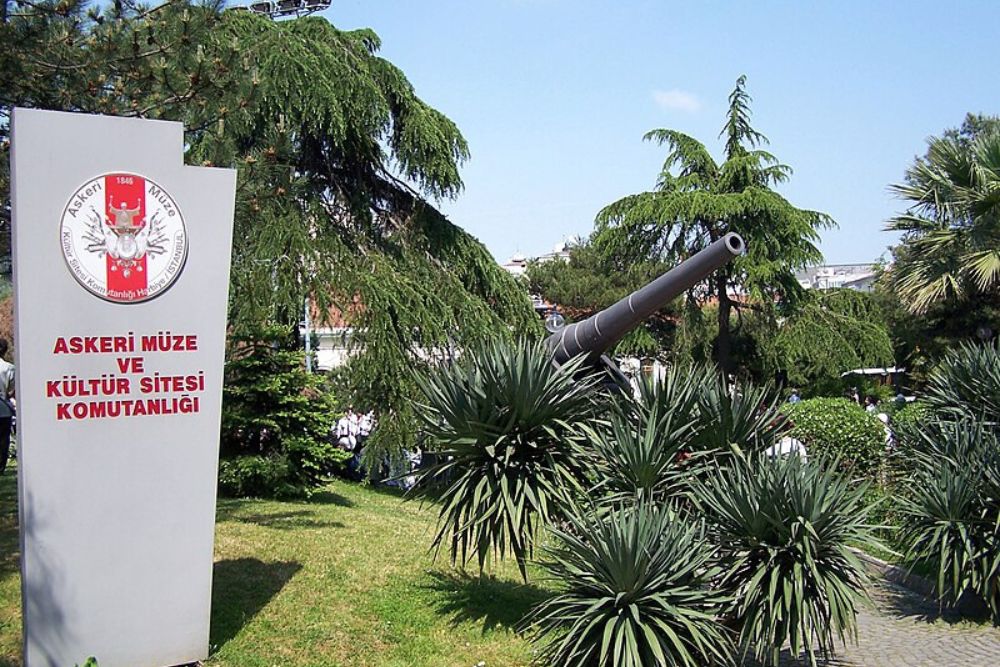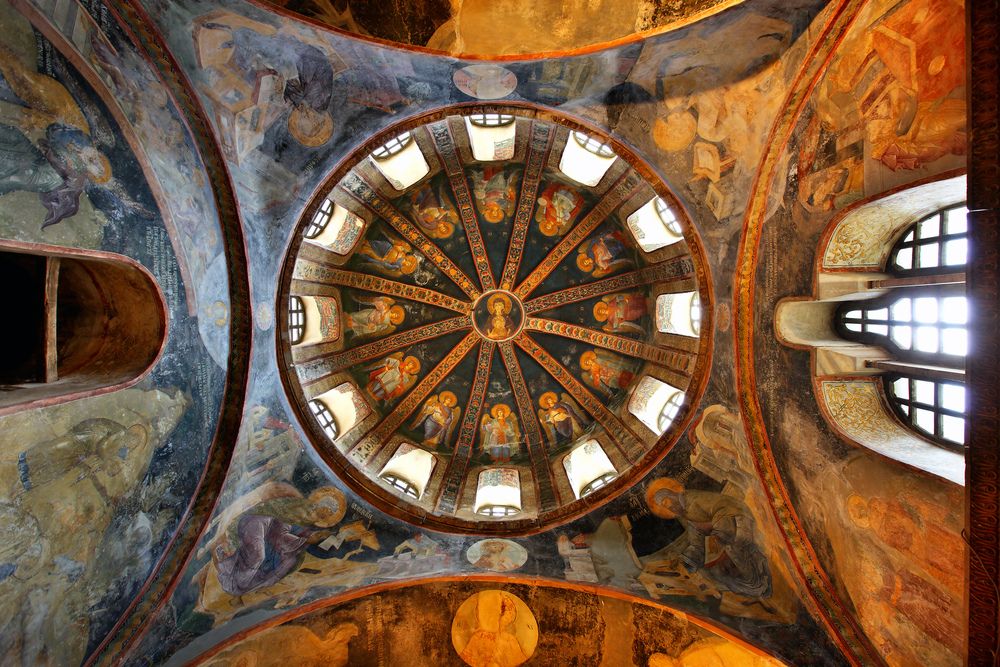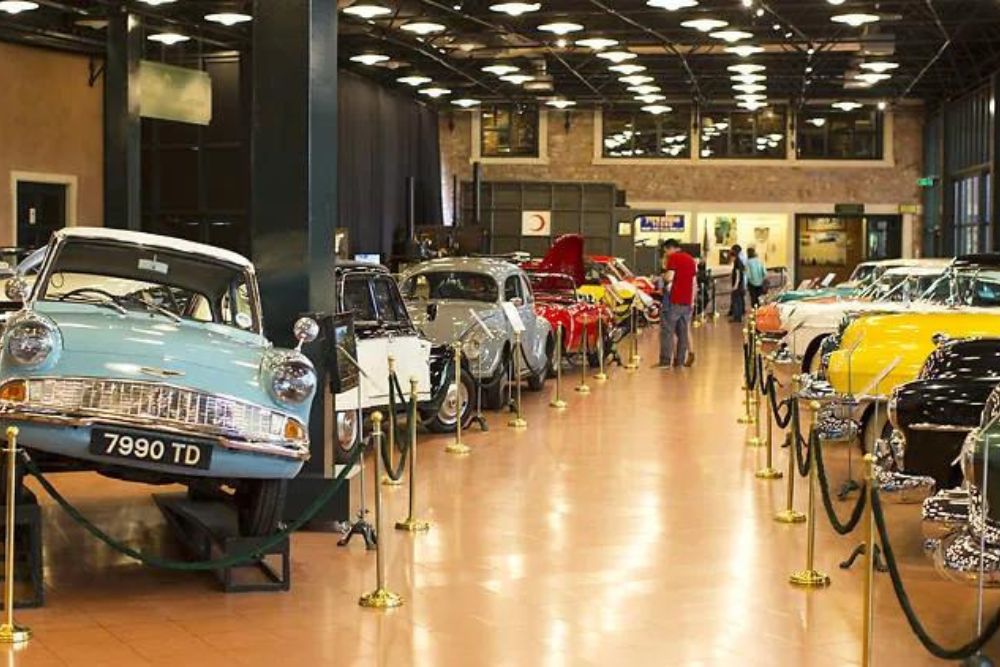10 Museums You Must See in Istanbul
How about exploring 10 important museums you should visit in Istanbul, a city with history around every corner?
Istanbul Archaeology Museum
The complex, which consists of three main units: the Archaeology Museum, the Museum of Ancient Oriental Art and the Tiled Pavilion Museum, is one of the largest museums in the world with more than one million artifacts.
The museum exhibits artifacts from North Africa, the Balkans, Mesopotamia, Anatolia and the Arabian Peninsula within the Ottoman territory.
The museum, which attracts the attention of visitors after the recent decoration, also exhibits the Alexander Sarcophagus, named after the reliefs of Alexander on it, and the Kadesh Treaty, the world's first international written treaty, which was made in the 13th century BC.

Museum of Turkish and Islamic Art
The magnificent Museum of Turkish and Islamic Art, which collects works of Islamic and Turkish art, was opened in 1913.
Full of handicrafts revealing the aesthetics of the Seljuk period, manuscript books, coats of arms, glass objects, textiles and rare carpets made by the hands of young girls 800 years ago await visitors.

Hagia Sophia History and Experience Museum
Hagia Sophia, one of the most important monuments of world architectural history that has survived until today, has an important place in the art world with its architecture, splendor, size and functionality.
The Hagia Sophia History and Experience Museum, which was opened to visitors in the Defter-i Hakani Nezareti building, tells the 1700-year history of this magnificent building, Hagia Sophia.

Topkapi Palace
Covering an area of approximately 350,000 square meters, excluding Gülhane Park, Topkapı Palace, the center of the Ottoman Empire, is one of the largest museum-palaces in the world with its buildings, architecture, collections and approximately 300,000 archival documents.
There are many things waiting for your visit in Topkapı Palace, from the personal belongings of the Sultans to the priceless Kaşıkçı diamond, from the Holy Relics to the intriguing Harem Apartment.
For more detailed information about Topkapı Palace, you can read our Topkapı Palace news.

Istanbul Maritime Museum
With its nearly 20 thousand collections, the Istanbul Maritime Museum, which sheds light on Turkish maritime history, was founded in 1897.
The 15th century Historic Galley, Atatürk's records, sultanate boats and many other artifacts are exhibited in the museum, which is Turkey's largest maritime museum.

Dolmabahce Palace
Built by the Ottoman Sultan Abdülmecid I in 1843, Dolmabahçe Palace stands out with its Baroque style architecture.
The palace was used as a residence during Atatürk's visits to Istanbul during the Republican period.
Dolmabahçe Palace was opened to tourism on June 25, 1979 with the order of the President of the National Assembly No. 554.

Harbiye Military Museum
The Harbiye Military Museum, located in the building built in 1862 as the Mekteb-i Harbiye building, exhibits military technology artifacts from the establishment of the Turkish Army to the Ottoman Empire, from the First World War to the present day.
In addition, in the museum where artifacts such as the chain with which Byzantium blocked the Golden Horn during the conquest of Istanbul, cannons and bombers used in the Çanakkale War are exhibited, you can watch the mehter concert between 15.00-16.00 every day the museum is open.

Kariye Museum
Located in Edirnekapı, it was the center of the Khoara Monastery, a large collection of buildings during the Eastern Roman Empire. After the Conquest of Istanbul, it continued to function as a church for another fifty-eight years. The church, famous for its mosaics, was converted into a mosque in 1511.
Declared a national monument in 1945, the building was turned into a museum under the Museums Administration in 1948 by a decision of the Council of Ministers. Kariye, one of the most visited museums in Turkey, was transferred to the Directorate of Religious Affairs in 2019.
Known worldwide for its mosaics and frescoes, Kariye Museum has colorful and patterned marble decorations as well as mosaics.

Rahmi Koç Museum
The Rahmi Koç Museum, opened in 1994 with the support of businessman Rahmi Koç on the shores of the Golden Horn, presents the progress of industry, transportation, industry and communication in Turkey from the beginning to the present day.
The museum, which exhibits many artifacts such as the TCG Uluç Ali Reis Submarine, the Fenerbahçe Ferry built in 1952, fighter planes used in World War II and classic cars, awaits its visitors in Hasköy.

Sakip Sabanci Museum
Opened in 2002 in the Atlı Köşk, the Sakıp Sabancı Museum stands out with its collection of 14th-20th century Korans, calligraphy copies and a rich collection of paintings from the Tanzimat to the Republic.

